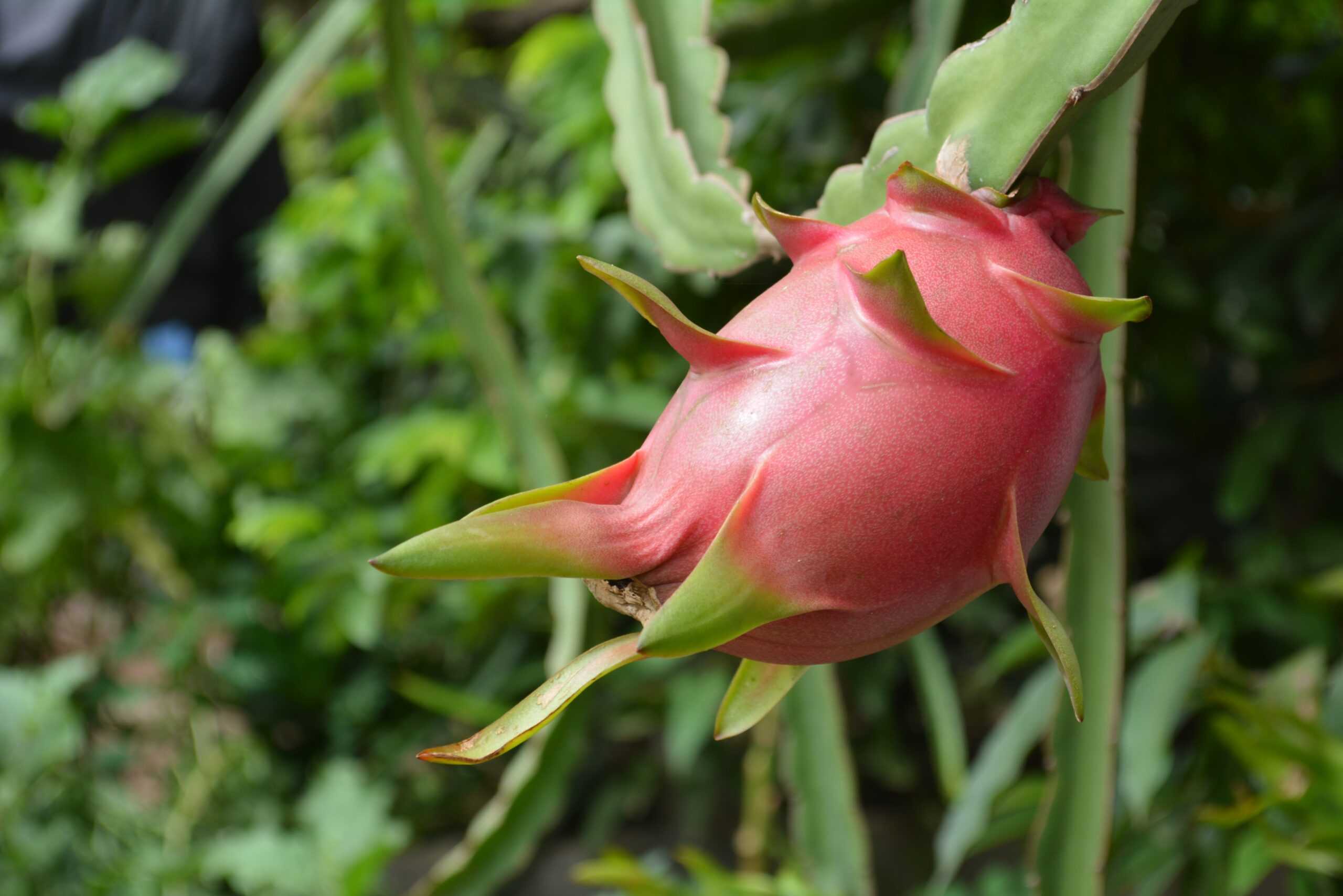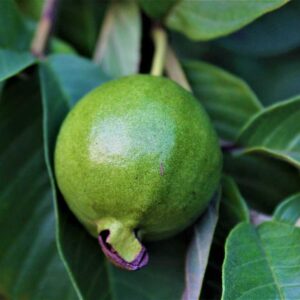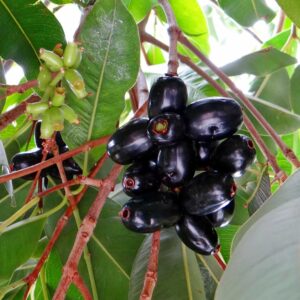Introduction:
If you’re looking for an unusual and visually striking plant to add to your garden or indoor space, consider the Dragon Fruit Plant. Known for its bright pink, scaly exterior and white, juicy interior, this tropical fruit has become increasingly popular in recent years for both its taste and health benefits.
The scientific name of the Dragon Fruit Plant is Selenicereus undatus, although it is also known as pitahaya or strawberry pear. The plant is native to Central and South America and has been grown for centuries in Mexico, Colombia, and Peru.
Dragon Fruit Plant is grown in many tropical and subtropical regions around the world, including Southeast Asia, Australia, and Israel. In India, it is mainly grown in the southern regions of the country, including Andhra Pradesh, Karnataka, and Tamil Nadu.
Click on the headings to read more!
Growing Time and Growth Stages:
Dragon Fruit Plants typically take 3-4 years to mature and begin producing fruit. The plants grow quickly in the right conditions, with the first year being dedicated to establishing the plant’s roots and producing new growth. During the second and third years, the plant will continue to grow and produce new stems and branches. In the fourth year, the plant will begin to produce flowers and fruit.
Edible parts of the Dragon Fruit Plant:
Fruit:
The Dragon Fruit itself is the most well-known and widely consumed part of the plant. It has a sweet and juicy flavor and is often used in smoothies, salads, and other dishes.
Flowers:
The Dragon Fruit Plant produces large and beautiful flowers that are also edible. The flowers have a slightly sweet and delicate flavor and can be eaten raw or cooked.
Young stems:
The young stems of the Dragon Fruit Plant can be boiled and eaten like vegetables. They have a mild and slightly tangy flavor.
Caring for Your Dragon Fruit Plant:
Dragon Fruit Plants are relatively easy to care for and can thrive both indoors and outdoors. Here are some tips to help you care for your plant:
Soil and Water:
Dragon Fruit Plants prefer well-draining soil that is rich in organic matter. Water your plant deeply but infrequently, allowing the soil to dry out slightly between watering.
Light:
Dragon Fruit Plants require plenty of sunlight, so place your plant in a sunny spot if growing indoors. If growing outdoors, choose a spot with partial shade to protect the plant from the hot sun.
Fertilizer:
Dragon Fruit Plants require regular fertilization, especially during the growing season. Use a balanced fertilizer every two weeks to help promote healthy growth.
Pruning:
Prune your Dragon Fruit Plant regularly to encourage new growth and maintain its shape. Remove any dead or damaged branches, and cut back any overly long stems.
Pests and Diseases:
Dragon Fruit Plants are relatively resistant to pests and diseases. However, keep an eye out for spider mites, mealybugs, and scale insects, which can occasionally affect the plant.
Propagation:
Dragon Fruits can be propagated in several ways, including:
Cuttings:
Take a cutting from the stem of a mature Dragon Fruit Plant and allow it to dry for a few days. Once dry, plant the cutting in well-draining soil and water it regularly until it begins to establish roots.
Seeds:
Collect seeds from a ripe Dragon Fruit and plant them in a well-draining soil mixture. Keep the soil consistently moist until the seeds germinate, which typically takes around 7-14 days.
Grafting:
Grafting involves attaching a piece of a mature Dragon Fruit Plant onto a younger seedling. This method is commonly used to ensure that the new plant produces high-quality fruit.



